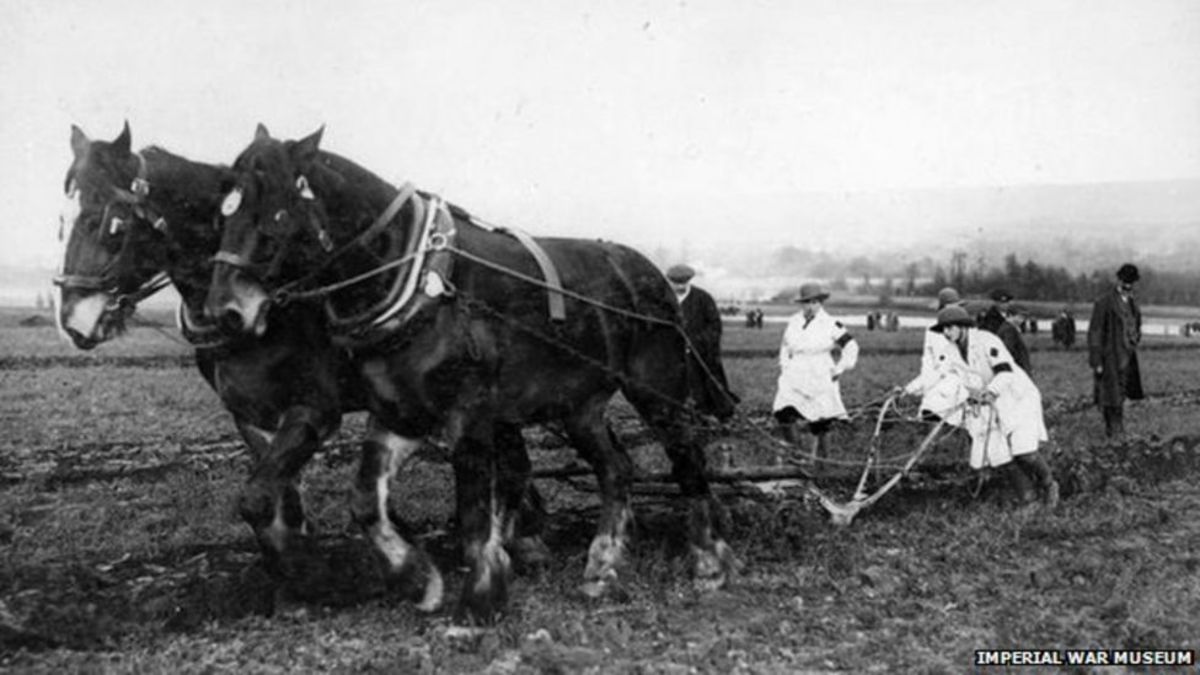TAX ON AGRICULTURE INCOME
TAX ON AGRICULTURE INCOME
Large Budget Deficits:
The Government of Pakistan is facing large budget deficits particularly for the last over two decades. On the one hand, there is weak Government revenue performance and on the other the expenditure of the Government is fast increasing on defense, debt servicing social services physical infrastructure etc.
For resource mobilization tax on agriculture income is described is an important and potential area. The matter is quite controversial and sensitive. A number of commissions were set up for giving findings on agricultural taxation such as Fact Finding Committee on Agricultural Taxation 1963. The National Taxation Reforms Commission (NTRC) 1972. Report of the Prime Minister Committee on Tax Reforms 1990). The main arguments advanced in favor and against of tax on agriculture are in brief as under.
Case for Agricultural Income Tax
(1) The share of agriculture section in GDP is 21%. The contribution of agriculture to total tax collection is around 1.2%. Whereas the share of manufacturing GDP is 17.0% only but the share in taxes is 62%. Therefore, increased taxation of agriculture sector is advocated.
(2) There are about 1.4 million potential tax-payers in agriculture sector. The agricultural profession with them is a business and not a way of life. There is therefore no justification to exempt it from tax.
(3) The Government is spending huge amounts of money every year on physical infrastructure construction of roads, provision of electricity, hospitals, school, etc. The price of their land has considerably increased. The agriculturists must pay the share of the enhanced value of their land to the Government.
(4) The industrialists, traders, drug dealers, etc, have turned agriculturists and vice versa. They are indulging in tax evasion. So why not potential agriculturists.
(5) The voluntary savings of the agricultural sector compared to its contribution to the GDP is very low. Most of the earnings of the farmers are frittered away on litigations. The farmers should pay their share to the State.
(6) The farmers receive subsidies on water, electricity, credit from Government. The burden of taxes as compared to concessions is very small. So a justification for tax on agriculture.
(7) It is unfair to make distinction between agricultural and non-agricultural incomes for the purpose of taxation. Just as income below a certain level is exempted from tax the same principle should be applied to agricultural income also.
(8) Agricultural income tax is more income elastic the land revenue. With a greater yield per acre due to the use of package of inputs, the revenue of the state will be higher.
Arguments against farm tax.
(1) The agricultural sector is subject to a large number of direct, indirect and hidden taxes. (Land revenue, water rate, development fee, Local rate, lumbar Dari fee Mosque fund, Mutation fee etc.). There is no justification to tax them more.
(2) Tax income from agricultural activities is a provincial subject. The applicability of tax on agricultural sector in all the four provinces of Pakistan is difficult on political grounds.
(3) Usher was enforced as a part of lslamization drive in 1982-83. It is levied on all Sunni Muslim landowners at the rate 5% of share of output. The collection of usher has declined from Rs. 253 million in 1982-83 to only Rs.44 million in 1990-91. So will be the fate of tax on agricultural income.
(4) The farmers are paying local taxes, tools, fees, etc, and also the hidden expenses of bureaucracy. The burden of these taxes is already very heavy.
(5) The various export corporations set up from time to time purchase agricultural goods at low domestic prices and export the at higher prices. These corporations earn profit at the expense of the farmers. Since the agriculturists are not paid market price of their produce, it is therefore a disguised taxation on agriculture.
(6) The farmers are not getting adequate return for their produce. The income generated from this sector is not uniform. It varies from year to year depending upon the vagaries of weather.
(7) As regards the much publicized availability of subsidies, the benefit is reaching the farmers. The subsidized fertilizers are mostly not available in time. The agency holders all these in black-market and the sacks are mostly underweight and adulterated. Same is the case with the supply of wheat.
(8) The difference between the sale prices of agricultural products and their costs of production is negligible. Most of the farmers are carrying on the agricultural operations with the help of bank loans. The saving if any is very low and so no justification to tax the agricultural sector.
(9) There are a very few agriculturists who increase their holdings by purchase of more land from their income. Whereas there are innumerable industrialists whose business units have multiplied in a couple of years. Who then should be taxed and who exempted is a matter of serious thinking.
(10) The feudal lords have had the PIU's of their lands under estimated (The land is valued at Rs. ten per PIU as per revenue settlement of mid 1940s). The new land revenue settlement is not undertaken for escaping from the land reforms wealth tax etc. As such the proposed farm income tax on the existing PIUs will not yield desired revenue.
(11) Technically there are not many landlords who own lands in excess of the limit fixed in the third land reforms. The landlords will, therefore, escape from the tax net. The revenue collection will be very small.
(12) Taxes on agriculture will be shifted on to the tenants by the landlords due to its inelastic demand. The burden of tax will therefore be on tenants who are already living below subsistence level.
RATES OF TAX ON AGRICULTURE LAND
1. Slabs of total cultivated land excluding orchards Rate of tax
(a) IRRIGATED
(i) Not exceeding 121/2 acres. Nil.
(ii) Exceeding 121/2 acres but not exceeding 25 acres. Rupees one hundred per acre.
(iii) Exceeding 25 acres but not exceeding 20 acres. Rupees three hundred and fifty per acre.
(iv) Exceeding 50 acres. Rupees three hundred and fifty per acre.
(b) UNIRRIGATED
(i) Not exceeding 25 acres. Nil.
(ii) Exceeding 25 acres but not exceeding 60 acres. Rupees fifty per acre.
(iii) Exceeding 50 acres but not exceeding 100 acres. Rupees one hundred and fifty per acre.
(iv) Exceeding 100 cares. Rupees on hundred and seventy-five per acre.
Explanation.
Where cultivated land of an owner, excluding orchard is partly irrigated and party unirrigated, his unirrigated land will be computed into irrigated land. For computation purposes, two unirigated acres will be equal to one irrigated acre.
2. Orcahrds
(i) irrigated Rupees five hundred per acre.
(ii) Unirrigated Rupees two hundred and fifty per acre.''








